In today’s fast-paced world, individuals simply do not have the time to run errands and manage odd jobs even on weekends. As an example, consider trying to get a quote to get your house repainted and your bathroom retiled at the same time. Without a website or an app to help you compare, this task might take days or even months before you zero into a provider. Also, you might not find the professionals you actually need in your vicinity. This has given rise to a plethora of home services that provide you with what you need, in the comfort of your home. Whether it is a broken air conditioner or a window replacement, home services today play a very vital role in ensuring that you get the service you need when you want them. Currently considered to be a $600 billion market, the home services industry is waiting for its own “Uber”. The time is ripe for an innovative idea to disrupt this market and take the industry by storm.
Online marketplaces for services have become the norm to find help. Without these services, providers and suppliers need to spend time, effort and money into finding each other. This causes many to abandon the idea of running their own business, or in potential customers opting for a DIY job instead. Services providers today may either follow a transaction-based model, a lead-based model or a holistic, service-based model.
Transaction-based services model
In a transaction-based services model, the aggregator or the marketplace offering services takes a percentage of each transaction that is billed through the platform. This helps in making your platform more scalable – in short, the more transactions you bill, the more revenue you bring in.
For customers, this model is quite beneficial as customers only pay when they need something and suppliers only if they are hired. This reduces the upfront costs of reduced sales and risks, thereby driving both suppliers and customers to the platform, increasing supply and credibility.
If we take the example of TaskRabbit (formerly known as RunMyErrand), a company that started in Boston in 2008 as a need to create a platform connecting people who needed a service and those who were willing to offer their time for those services. In the last 10 years, TaskRabbit has pivoted itself from an idea to a company that has received over $40 million in funding, boasts of over two million active users and thousands of providers in 40 locations around the US and beyond. In 2017, TaskRabbit was acquired by the IKEA group and currently operates as a fully owned, independent subsidiary of IKEA.
If you are looking for more examples, check out our research on Urban Company business model.
Subscription-based model
For jobs that do not require a one-time fee like cleaning services or hiring household helps, customers are billed on a recurring basis that helps them receive services at their convenience while paying for them on a regular basis.
For a service provider, the best part about a subscription service is that the chances of customer retention are pretty high. Revenue prediction is nearly spot-on and there is a very high scope for cross-selling and marketing.
From the perspective of a customer, this takes the pain out of having to look for and pay for services on a recurring basis. In short, the monthly service payment ensures that they can get the job done, hassle-free. This also reduces the costs customers might incur if they book services individually.
Alfred, a company founded in New York by Marcela Sapone and Jess Beck in 2014 has received accolades and over $60 million in funding. A winner of the 2014 SF TechCrunch Disrupt, Alfred has been helping people find time to do things they have always wanted to but never had the time for. Hello Alfred offers home management services and takes great pride in describing the fact that they have been able to execute around 50,000 requests that would have taken around 5 years of their subscriber’s time in less than 8 months, helping them find time for themselves.
Lead-based model
In a lead-based model, customers receive quotes from suppliers who have paid to have these sent. As an example, a customer might need a roof re-tiled. The platform or the aggregator will bring multiple professionals together who will bid for the available contract if they are available and the customer is able to choose the quote that they think is best.
From a supplier’s perspective, they get an online presence and gain an insight into the market trends and prices.
From a customer’s perspective, receiving quotes from multiple competing suppliers results in the customer being able to make a more informed choice.
From the perspective of the aggregator, their user base grows quickly as the customer is not charged for the quotes. This large customer base also incites suppliers to join the platform, thereby increasing the number of suppliers along with customers.
One of the more known names in the lead-based model approach, Thumbtack had dabbled with a subscription and a transaction-based model before settling for the lead-based approach. Professionals currently pay Thumbtack to contact customers through Thumbtack credits, which are then used by professionals to send quotes to customers. Service providers only pay to quote, and Thumbtack does not charge a commission for jobs they complete or future jobs that they book with the same customer and from their referrals.
With over $200 million in funding since their launch in 2008, Thumbtack has been helping people find relevant local providers for a project. Earning a small service fee for each bid, Thumbtack has been able to maintain their customer base by staying relevant to customer needs and having a model that appears to be a hit with customers.
A home services start-up today can approach the market with a multi-pronged approach. They may either become the service provider themselves, resulting in the standardization of the services or they can decide to manage the marketplace of suppliers and customers. As these marketplaces are highly sought after, a home services start-up with an innovative idea can be the next big disruptor in this huge market, with room for more.
Let us know if you have any questions regarding the models across the home services industry. VolumeTree has expertise in the field of home services app development and we will be happy to get back to you.


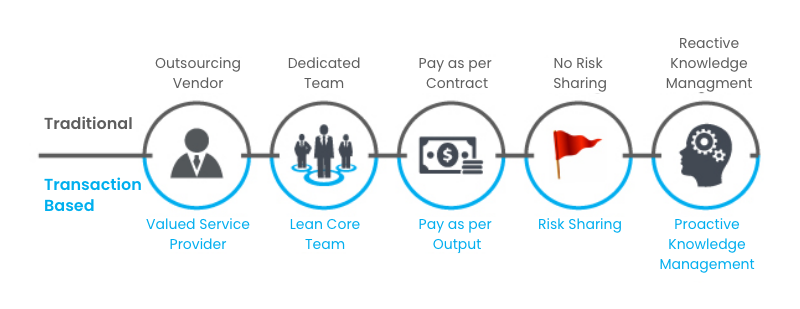
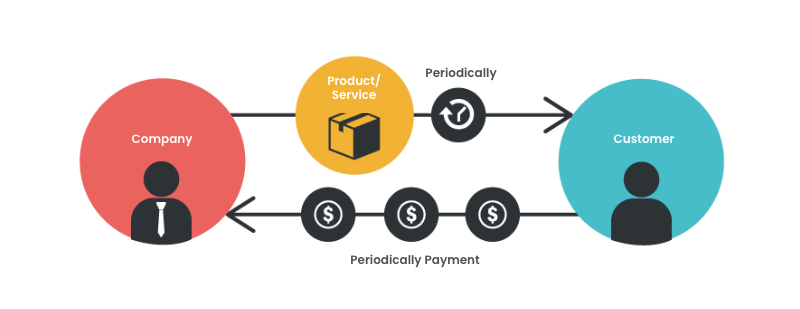
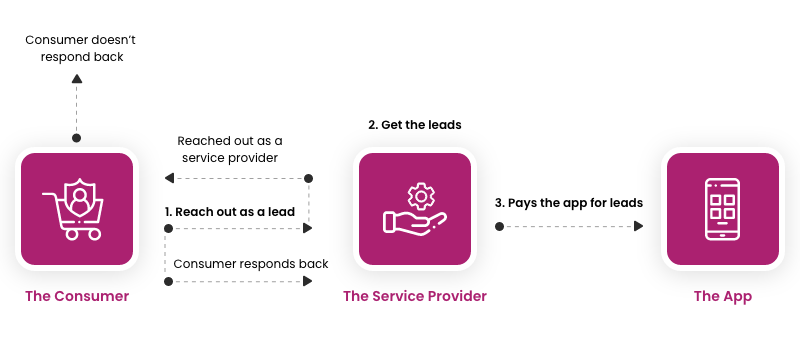
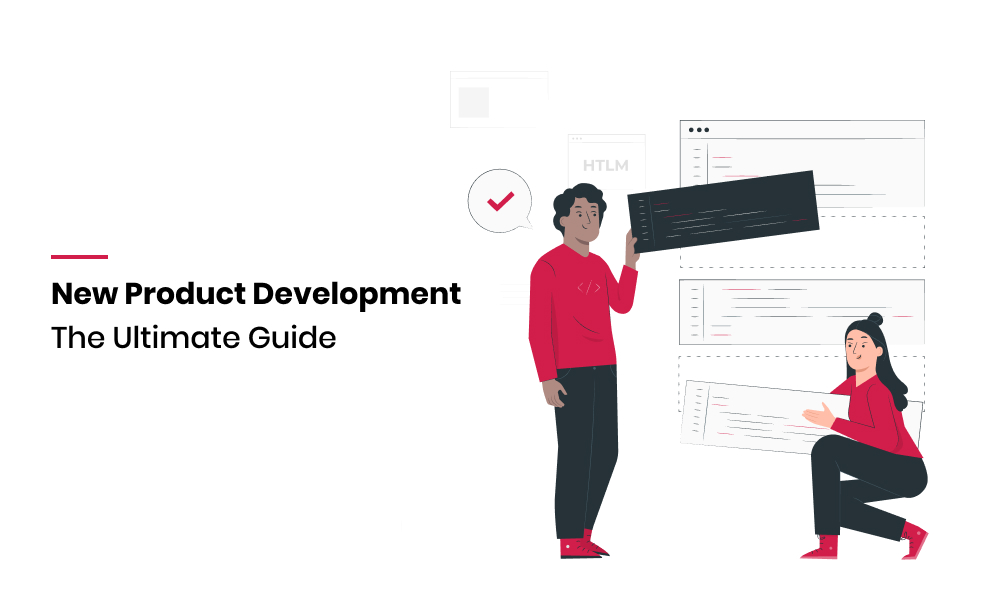

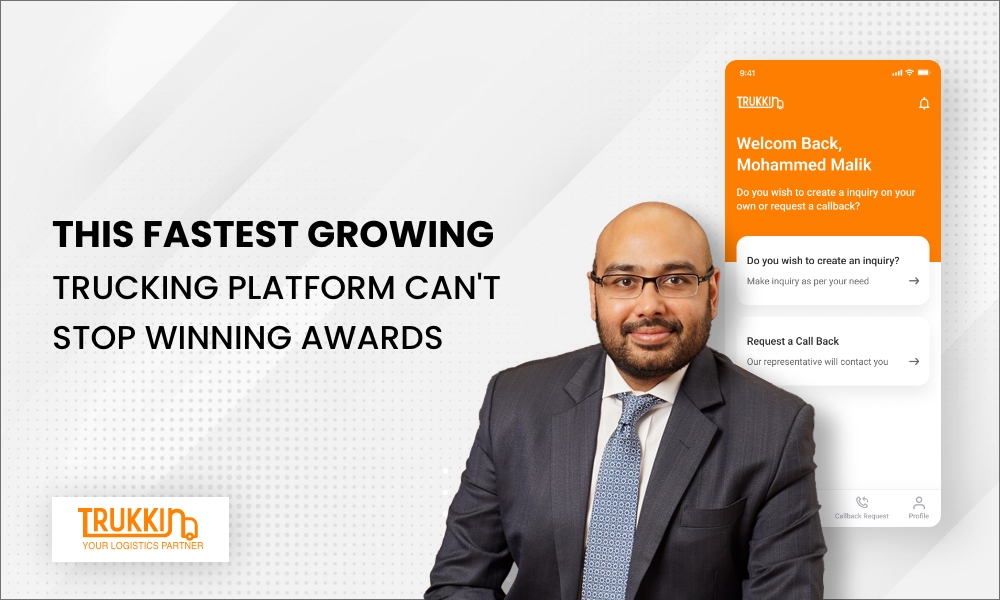


Thanks for share
thanks for sharing
This is very true! Will consider this moving forward :)
Thanks for reading and we are glad it was helpful. Stay tuned with us for more information.
500 METRONIDAZOL COASPHARMA S cheap viagra tablet VP WATCHLIST UPDATES
Забота о резиденции – это забота о приятности. Изоляция наружных поверхностей – это не только изысканный облик, но и гарантия сохранения тепла в вашем удобном уголке. Наша команда, команда профессионалов, предлагаем вам превратить ваш дом в идеальный уголок для проживания.
Наши творческие работы – это не просто тепловая обработка, это художественная работа с каждым элементом. Мы осуществляем гармонии между изысканностью и эффективностью, чтобы ваш уголок стал не только уютным и стильным, но и шикарным.
И самое важное – доступные тарифы! Мы уверены, что профессиональные услуги не должны быть неприемлемо дорогими. [url=https://ppu-prof.ru/]Услуги по утеплению стен снаружи стоимость работ[/url] начинается всего от 1250 руб/кв. метр.
Применение современных технологий и материалов высокого качества позволяют нам создавать изоляцию, которая долго сохраняет свои свойства и надежна. Позабудьте о проблеме холодных стен и избегайте дополнительных расходов на отопление – наше утепление станет вашим надежным защитником от холода.
Подробнее на [url=https://ppu-prof.ru/]http://ppu-prof.ru[/url]
Не откладывайте на потом заботу о благополучии в вашем доме. Обращайтесь к опытным строителям, и ваш дом преобразится настоящим произведением искусства, которое дарит тепло и радость. Вместе мы создадим дом, в котором вам будет по-настоящему удобно!
Do you like free spins with real money rewards? So do we! We take satisfaction in ensuring that new players at our casino lobby feel very welcome from the get-go. And that is why we have a special no deposit bonus just for you. However, before we proceed, you must remember that the Vulkan Vegas free sign up bonus can only be accessed by following our link during the registration process on our official site. Therefore, the management board often organizes numerous promotions and actions. For example, you can get yourself 175 completely free spins on all video games at Vulkan Vegas Casino, only Live Casino slots and roulette have their own bonuses. Follow your gambling bet in the newsletter or on the partner websites of this Vulkan casino. Vulkan Vegan is a well-designed casino that was established and released in 2016. It has excellent graphics, games, bonuses, tournaments, and promotions. Numerous video slots, table games, and other casino games from several gaming platforms are available at this online gambling site in their hundreds. Vulkan Vegan has teamed up with some of the most reputable and cutting-edge game software providers for your utmost convenience and enjoyment. The companies Microgaming, NetEnt, Play’n Go, Quickspin, Yggdrasil, Elk Studios, BetSoft, Ezugi, Big Time Gaming, Wazdan, Booming Games, etc. are among those on the list. The Curacao Gaming Authority oversees, controls, and enforces all legal aspects of Vulkan Vegas Casino.
http://rafaelbeow820.almoheet-travel.com/top-quickspin-online-casino
Once you’ve created your account and completed any necessary identity or location verification steps, make a deposit of at least $50 and you’ll receive 50 free spins, plus your first deposit matched up to $500. In an attempt to become more competitive with other casinos, it offers extraordinarily low wagering requirements on deposit bonuses when you make a deposit with fiat currency. As far as online casinos go, Slots of Vegas is perfectly serviceable and features a wide array of popular casino games, including various slot machines. We will let you know when we discover new no deposit bonuses and receive our newsletter with exclusive bonuses every week. It’s worth using no deposit USA casinos because these offers are a statement of intent. If you search through our list of recommended USA online no deposit bonus casinos, you’ll see that they don’t stop at opening offers.
Дорогие Друзья!
Предлагаем вам инновационное тренд в мире стилистики интерьера – шторы плиссе. Если вы стремитесь к безупречности в любой стороне вашего дома, то эти завесы подберутся замечательным паттерном для вас.
Что делает шторы плиссе столь особыми? Они объединяют в себе выгоду, действенность и пользу. Благодаря характерной форме, новаторским материалам, шторы плиссе идеально подходятся для какова бы то ни помещения, будь то гостиная, дом, кухонное пространство или профессиональное поляна.
Закажите [url=https://tulpan-pmr.ru]шторы плиссе[/url] – оттворите уют и красочность в вашем жилище!
Чем привлекательны шторы плиссе для вас? Во-первых, их индивидуальный дизайн, который добавляет к привлекательность и грацию вашему внутреннему пространству. Вы можете выискать из разнообразных структур, оттенков и подходов, чтобы выделить оригинальность вашего дома.
Кроме того, шторы плиссе предлагают массивный ассортимент практических вариантов. Они могут контролировать степень освещения в помещении, преграждать от солнечных лучей, обеспечивать приватность и формировать уютную обстановку в вашем доме.
Наш сайт: [url=https://tulpan-pmr.ru]http://tulpan-pmr.ru[/url]
Наша компания поддержим вам выбрать шторы плиссе, какие идеально гармонизируются с для вашего внутреннего пространства!
Услуга сноса старых частных домов и вывоза мусора в Москве и Подмосковье под ключ от нашей компании. Работаем в указанном регионе, предлагаем услугу разобрать дом на даче цена. Наши тарифы ниже рыночных, а выполнение работ гарантируем в течение 24 часов. Бесплатно выезжаем для оценки и консультаций на объект. Звоните нам или оставляйте заявку на сайте для получения подробной информации и расчета стоимости услуг.
Услуга сноса старых частных домов и вывоза мусора в Москве и Подмосковье под ключ от нашей компании. Работаем в указанном регионе, предлагаем услугу разобрать дом в московской области. Наши тарифы ниже рыночных, а выполнение работ гарантируем в течение 24 часов. Бесплатно выезжаем для оценки и консультаций на объект. Звоните нам или оставляйте заявку на сайте для получения подробной информации и расчета стоимости услуг.
заказать seo оптимизацию сайта
https://seolinkedin.ru/
https://o-tendencii.com/
https://hitech24.pro/
Pingback: วิเคราะห์บอลสเต็ป
Pingback: รถพยาบาล
https://kupitroom.ru/
https://arcmetal.ru/
https://kupitroom.ru/
https://zhksalezhilie.ru/
http://klublady.ru/
Мы компания SEO-экспертов, специализирующихся на увеличении трафика и повышении рейтинга вашего сайта в поисковых системах.
Наша команда получили признание за свою работу и предлагаем вам воспользоваться нашим опытом и знаниями.
Какие услуги мы предоставляем:
• [url=https://seo-prodvizhenie-ulyanovsk1.ru/]рекламные услуги продвижение сайта[/url]
• Анализ всех аспектов вашего сайта и разработка уникальной стратегии продвижения.
• Повышение эффективности контента и технических аспектов вашего сайта.
• Регулярный анализ результатов и мониторинг вашего онлайн-присутствия для его улучшения.
Подробнее [url=https://seo-prodvizhenie-ulyanovsk1.ru/]https://seo-prodvizhenie-ulyanovsk1.ru/[/url]
Клиенты, с которыми мы работаем, уже видят результаты: увеличение трафика, улучшение позиций в поисковых системах и, конечно же, рост прибыли. Мы готовы предоставить вам бесплатную консультацию, чтобы обсудить ваши потребности и помочь вам разработать стратегию продвижения, соответствующую вашим целям и бюджету.
Не упустите возможность улучшить свой бизнес в онлайн-мире. Свяжитесь с нами немедленно.
https://1ecenter.ru
Услуга демонтажа старых частных домов и вывоза мусора в Москве и Подмосковье от нашей компании. Мы предлагаем демонтаж и вывоз мусора в указанном регионе по доступным ценам. Наша команда https://hoteltramontano.ru гарантирует выполнение услуги в течение 24 часов после заказа. Мы бесплатно оцениваем объект и консультируем клиентов. Узнать подробности и рассчитать стоимость можно по телефону или на нашем сайте.
https://na-dache.pro
http://klubmama.ru
https://orenvito.ru/
https://mhpereezd.ru
https://gruzchikivrn.ru
https://gruzchikivrn.ru/
https://diplom-sdan.ru/
https://diplomnash.ru/
https://kursovaya-student.ru/
https://breaking-bad-serial.online/
https://kvartiruise.ru/
https://kvartiruless.ru/
https://kvartirulyspb.ru/
отели сочи с бассейном
https://kvartiruerspb.ru/
https://zhkstroyspb.ru/
https://zhkstroykaspb.ru/
https://kvartiruekb.ru/
https://zhknoviydom.ru/
https://zhkkvartiradom.ru/
https://noviydomstroika.ru/
https://diplomsdayu.ru/
https://reshaitzadachi.ru/
https://reshauzadachi.ru/
https://t.me/SecureIyContactingClAbot
http://womangu.ru
Услуга по сносу старых домов и вывозу мусора в Москве и Московской области. Мы предоставляем услуги по сносу старых зданий и удалению мусора на территории Москвы и Подмосковья. Услуга убрать фундамент выполняется опытными специалистами в течение 24 часов после оформления заказа. Перед началом работ наш эксперт бесплатно приезжает на объект для оценки объёма работ и консультации. Чтобы получить дополнительную информацию и рассчитать стоимость услуг, свяжитесь с нами по телефону или оставьте заявку на сайте компании.
Услуга по сносу старых зданий и утилизации отходов в Москве и Московской области. Мы предоставляем услуги по сносу старых сооружений и удалению мусора на территории Москвы и Московской области. Услуга http://demontazh-doma-msk8.ru выполняется квалифицированными специалистами в течение 24 часов после оформления заказа. Перед началом работ наш эксперт бесплатно посещает объект для определения объёма работ и предоставления консультаций. Чтобы получить дополнительную информацию и рассчитать стоимость услуг, свяжитесь с нами по телефону или оставьте заявку на сайте компании.
https://kursovuyupishem.ru/
Pingback: sahabatqq link alternatif
https://petroyalportrait.com/
я уже смотрел обзор здесь https://my-obzor.com/ перед тем, как сделать заказ. Не сказать, что все отзывы были 100% положительные, там уже упоминались основные минусы и плюсы.
мебель под заказ
https://seostrategia.ru/
Оборудование ситуационных центров [url=http://www.oborudovanie-situacionnyh-centrov.ru]http://www.oborudovanie-situacionnyh-centrov.ru[/url] .
Всё о радиаторах отопления https://heat-komfort.ru/ – выбор радиатора, монтаж, обслуживание.
india pharmacy mail order http://indiaph24.store/# reputable indian online pharmacy
indianpharmacy com
печь атмосфера цена [url=https://pechka-atmosfera.ru/]https://pechka-atmosfera.ru/[/url] .
Stand updated on the latest music and events in the UK with our complete news coverage. From critical concerts and festivals to emerging artists and partisans gigs, we’ve got you covered with all the happenings in the vibrant UK music scene. https://newstoplondon.uk/methods-for-including-music-in-your-instagram-posts.html – Discover incompatible interviews, behind-the-scenes stories, and reviews of the hottest shows across the country.
Inspect mixed genres and cultural influences shaping the British music landscape. Whether you’re into disconcert, explode, electronic, or authoritative, there’s something for everyone to enjoy. Deal off thither upcoming album releases, visit dates, and distinguished performances by way of your favorite musicians. Check in the grasp and never long for a pound with our curated opting for of word and updates from the magnanimity of the UK’s music industry.
In ell to music, we emphasize you news about rip-roaring events taking place in every nook the UK. From knowledge exhibitions and theater productions to fade away screenings and community festivals, our coverage extends beyond justifiable music. Delve into the intense tapestry of cultural events that forge the UK a nucleus of creativity and entertainment. Whether you’re a town looking in search things to do or a visitor planning your itinerary, our tidings board bequeath smother you knowledgeable and inspired about the most suitable events taking place on all sides the country.
trusted canadian pharmacy [url=https://canadaph24.pro/#]canada drug pharmacy[/url] canadian pharmacy world
реалистичные куклы для секса
top 10 pharmacies in india http://indiaph24.store/# п»їlegitimate online pharmacies india
indian pharmacy
reliable canadian pharmacy reviews [url=https://canadaph24.pro/#]Licensed Canadian Pharmacy[/url] buy drugs from canada